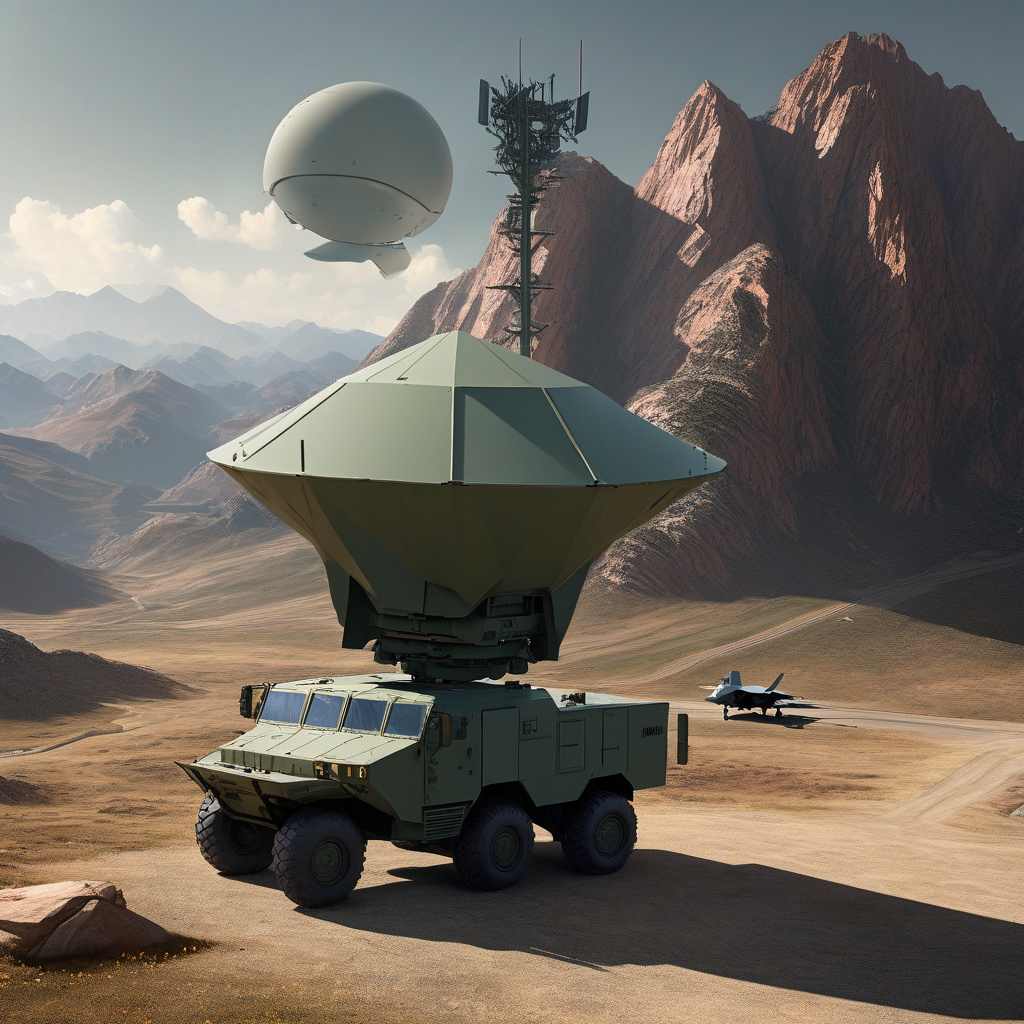China Claims New Anti-Stealth Radars Can Detect US F-35s, Nuclear Subs, Drones
China has taken a major step in countering the technological edge of US stealth platforms. With the recent claims of developing anti-stealth radars that can reportedly detect US F-35 fighter jets, nuclear submarines, and drones, the balance of power in the realm of military technology seems to be shifting. This advancement signifies China’s determination to challenge the dominance of the United States in stealth capabilities and marks a significant development in modern warfare.
The emergence of these new anti-stealth radars poses a direct challenge to the US military’s reliance on stealth technology for its air superiority. The F-35, touted as one of the most advanced stealth fighter jets in the world, may no longer enjoy the same level of invincibility in the face of evolving radar capabilities. China’s claim to be able to detect such high-tech aircraft raises questions about the future efficacy of stealth aircraft in combat scenarios.
Moreover, the detection of US nuclear submarines, long considered the backbone of the country’s strategic deterrence capabilities, adds another layer of complexity to this technological arms race. By potentially neutralizing the stealth capabilities of these submarines, China could be signaling its intent to disrupt traditional power dynamics in naval warfare.
The ability to detect drones, which have become increasingly prevalent in modern military operations, further underscores the significance of China’s technological breakthrough. Drones play a crucial role in intelligence gathering, surveillance, and targeted strikes, and the capability to detect them effectively could tip the scales in favor of those possessing this technology.
It is essential to consider the broader implications of China’s advancements in anti-stealth radar technology. Beyond the immediate military implications, this development could spark a new wave of innovation and competition in the global defense industry. As countries seek to enhance their radar capabilities to counter evolving threats, we may witness a proliferation of advanced radar systems across different regions.
The race for superior radar technology is not limited to military applications alone. The same technological advancements that enable the detection of stealth aircraft and submarines can also have civilian applications, ranging from air traffic control to border security. As such, the impact of these developments extends far beyond the realm of traditional warfare.
In response to China’s claims, the United States and its allies are likely to intensify their efforts to maintain their technological edge. This could lead to increased investments in research and development, as well as closer collaboration between defense contractors and government agencies to stay ahead in the technological arms race.
As we navigate this era of rapid technological advancement and geopolitical competition, it is clear that innovation will continue to shape the future of warfare. The emergence of China’s new anti-stealth radars serves as a stark reminder of the ever-changing nature of military technology and the need for constant adaptation to stay ahead in an increasingly complex and competitive global landscape.
China, US, Technology, Military, Radar












